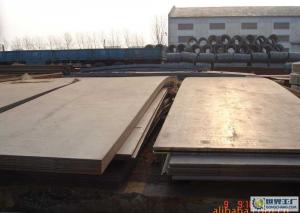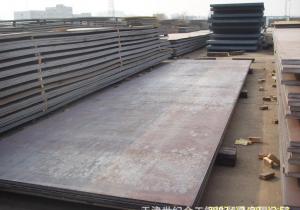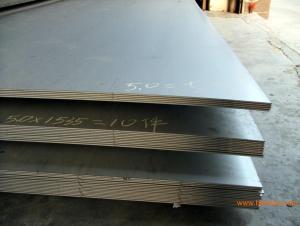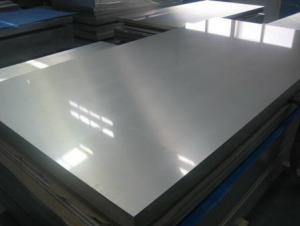Deformed Bar Hot Rolled High Quality 6mm-50mm ASTM or BS4449
- Loading Port:
- China Main Port
- Payment Terms:
- TT or LC
- Min Order Qty:
- -
- Supply Capability:
- -
OKorder Service Pledge
OKorder Financial Service
You Might Also Like
Product Description:
OKorder is offering Deformed Bar Hot Rolled High Quality 6mm-50mm ASTM or BS4449at great prices with worldwide shipping. Our supplier is a world-class manufacturer of steel, with our products utilized the world over. OKorder annually supplies products to European, North American and Asian markets. We provide quotations within 24 hours of receiving an inquiry and guarantee competitive prices.
Product Applications:
Deformed bar is widely used in buildings, bridges, roads and other engineering construction. Big to highways, railways, bridges, culverts, tunnels, public facilities such as flood control, dam, small to housing construction, beam, column, wall and the foundation of the plate, deformed bar is an integral structure material. With the development of world economy and the vigorous development of infrastructure construction, real estate, the demand for deformed bar will be larger and larger
Product Advantages:
OKorder's Deformed Bar Hot Rolled High Quality 6mm-50mm ASTM or BS4449 are durable, strong, and resist corrosion, exact size, regular package, chemical and mechanical properties are stable.
Main Product Features:
· Premium quality
· Prompt delivery & seaworthy packing (30 days after receiving deposit)
· Corrosion resistance
· Can be recycled and reused
· Mill test certification
· Professional Service
· Competitive pricing
Product Specifications:
Manufacture: Hot rolled
Grade: BS4449
Certificates: ISO, SGS, BV, CIQ
Diameter: 6mm,8mm,10mm,12mm,14mm,16mm,18mm,20mm,
22mm,25mm,28mm,32mm,36mm,40mm,50mm
Length: 6M, 9M,12M or as required
Packaging: Export packing, nude packing, bundled
Chemical Composition: (Please kindly find our chemistry of our material based on HRB500 as below for your information)
Grade | Technical data of the original chemical composition (%) | ||||||
C | Mn | Si | S | P | V | ||
HRB400 | ≤0.25 | ≤1.60 | ≤0.80 | ≤0.045 | ≤0.045 | 0.04-0.12 | |
Physical capability | |||||||
Yield Strength (N/cm²) | Tensile Strength (N/cm²) | Elongation (%) | |||||
≥400 | ≥570 | ≥14 | |||||
Theoretical weight and section area of each diameter as below for your information:
Diameter(mm) | Section area (mm²) | Mass(kg/m) | Weight of 12m bar(kg) |
6 | 28.27 | 0.222 | 2.664 |
8 | 50.27 | 0.395 | 4.74 |
10 | 78.54 | 0.617 | 7.404 |
12 | 113.1 | 0.888 | 10.656 |
14 | 153.9 | 1.21 | 14.52 |
16 | 201.1 | 1.58 | 18.96 |
18 | 254.5 | 2.00 | 24 |
20 | 314.2 | 2.47 | 29.64 |
22 | 380.1 | 2.98 | 35.76 |
25 | 490.9 | 3.85 | 46.2 |
28 | 615.8 | 4.83 | 57.96 |
32 | 804.2 | 6.31 | 75.72 |
36 | 1018 | 7.99 | 98.88 |
40 | 1257 | 9.87 | 118.44 |
50 | 1964 | 15.42 | 185.04 |
FAQ:
Q1: How do we guarantee the quality of our products?
A1: We have established an advanced quality management system which conducts strict quality tests at every step, from raw materials to the final product. At the same time, we provide extensive follow-up service assurances as required.
Q2: What makes stainless steel stainless?
A2: Stainless steel must contain at least 10.5 % chromium. It is this element that reacts with the oxygen in the air to form a complex chrome-oxide surface layer that is invisible but strong enough to prevent further oxygen from "staining" (rusting) the surface. Higher levels of chromium and the addition of other alloying elements such as nickel and molybdenum enhance this surface layer and improve the corrosion resistance of the stainless material.
Q3: Can stainless steel rust?
A3: Stainless does not "rust" as you think of regular steel rusting with a red oxide on the surface that flakes off. If you see red rust it is probably due to some iron particles that have contaminated the surface of the stainless steel and it is these iron particles that are rusting. Look at the source of the rusting and see if you can remove it from the surface.
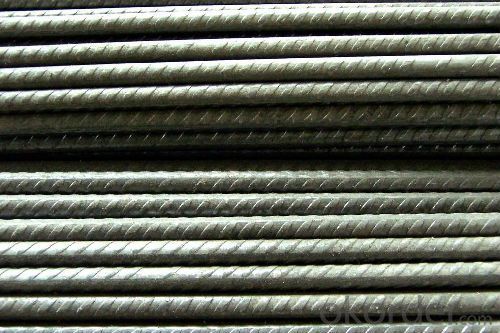
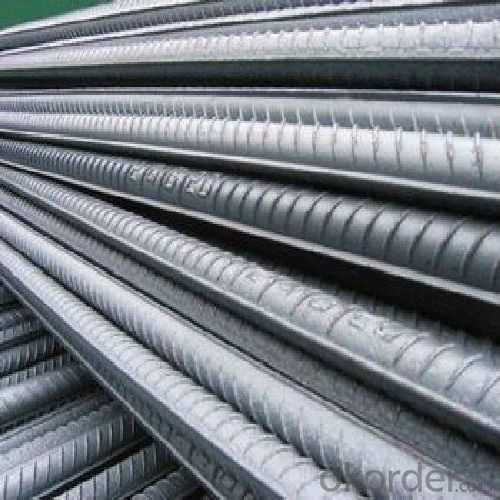
- Q:Can steel sheets be used in corrosive chemical environments?
- Steel sheets can be used in corrosive chemical environments, but their resistance to corrosion will depend on the specific type of steel and the nature of the chemicals present. Stainless steel sheets, for example, are known for their excellent corrosion resistance and are commonly used in such environments. However, it is important to consider the concentration, temperature, and duration of exposure to the corrosive chemicals to determine the suitability of steel sheets for a specific application. Additional protective measures like coatings or alloys may also be necessary to enhance the corrosion resistance of steel sheets in highly corrosive chemical environments.
- Q:Are steel sheets resistant to termite infestation?
- No, steel sheets are not resistant to termite infestation. Termites can still damage steel sheets by burrowing through them or accessing the structure behind the sheets.
- Q:Are the steel sheets suitable for outdoor sculptures?
- Outdoor sculptures can indeed be made using steel sheets. Steel, being a robust and weather-resistant material, is perfect for enduring the elements in an outdoor setting. It can withstand extreme temperatures, moisture, and UV radiation without deteriorating or losing its structural integrity. Moreover, steel sheets can be easily shaped and manipulated into different forms, offering limitless possibilities for creating outdoor sculptures. The strength and stability of steel also make it suitable for supporting larger and more intricate designs. In summary, steel sheets are highly favored by artists and sculptors for crafting outdoor sculptures because of their durability, versatility, and ability to withstand harsh outdoor conditions.
- Q:What is the average fire rating for steel sheets?
- The average fire rating for steel sheets can vary depending on various factors, such as the thickness of the sheet, the type of steel used, and the specific fire testing standards that are being followed. Typically, steel sheets have a fire rating ranging from 30 minutes to 2 hours. However, it is important to note that fire ratings can be enhanced by incorporating additional fire-resistant materials or by using fire-resistant coatings on the steel sheets. It is always recommended to consult with fire safety experts or refer to the specific fire testing standards to determine the exact fire rating for a particular type of steel sheet.
- Q:What is the flatness tolerance of steel sheets?
- The flatness tolerance of steel sheets typically varies based on the specific grade and thickness, but it is generally specified within a range of 0.003 to 0.015 inches per linear foot for standard commercial quality sheets.
- Q:Are the steel sheets resistant to staining or discoloration?
- Yes, steel sheets are highly resistant to staining or discoloration. Steel is known for its durability and non-porous surface, which makes it resistant to the absorption of liquids or chemicals that may cause staining. Additionally, steel sheets are often coated with protective finishes or treatments that further enhance their resistance to staining or discoloration. These coatings act as a barrier, preventing any potential staining agents from penetrating the surface of the steel. Therefore, steel sheets are an excellent choice for applications where resistance to staining or discoloration is important, such as in kitchen appliances, automotive parts, or outdoor structures.
- Q:What is the difference between a perforated and expanded steel sheet?
- A perforated steel sheet and an expanded steel sheet are both types of metal sheets commonly used in various industries. However, they differ in terms of their manufacturing process and resulting characteristics. Perforated steel sheets are created by punching or drilling holes into a solid steel sheet. These holes can be of various shapes, sizes, and patterns, depending on the desired application. The holes in a perforated steel sheet allow for the passage of air, light, sound, or fluids, making them suitable for applications that require ventilation, filtration, or acoustic properties. Perforated steel sheets are commonly used in industries such as architecture, automotive, filtration, and mining. On the other hand, expanded steel sheets are produced by a unique manufacturing process known as expanding. The process involves cutting and stretching a solid steel sheet, resulting in a mesh-like pattern with diamond-shaped openings. The stretching process imparts strength and rigidity to the steel sheet while also reducing its weight. Expanded steel sheets are versatile and can be used in applications such as walkways, platforms, fencing, grating, and reinforcement. In summary, the main difference between a perforated and expanded steel sheet lies in their manufacturing process and resulting characteristics. Perforated steel sheets have holes punched or drilled into them, allowing for the passage of air, light, sound, or fluids. Meanwhile, expanded steel sheets are created by cutting and stretching a solid sheet, resulting in a mesh-like pattern with diamond-shaped openings. Both types of sheets have their unique advantages and are chosen based on the specific requirements of the application.
- Q:Are steel sheets resistant to discoloration from sunlight?
- Yes, steel sheets are resistant to discoloration from sunlight.
- Q:What is the difference between a hot rolled and hot dipped galvanized steel sheet?
- The main difference between a hot rolled and hot dipped galvanized steel sheet is the process they undergo. Hot rolled steel sheets are produced by heating the steel above its recrystallization temperature and then rolling it to the desired thickness. On the other hand, hot dipped galvanized steel sheets are formed by immersing the steel sheet into a bath of molten zinc, creating a layer of zinc coating on the surface. This zinc coating provides excellent corrosion resistance to the steel, making it suitable for applications where protection against rust is important.
- Q:Are the steel sheets suitable for architectural cladding?
- Yes, steel sheets are suitable for architectural cladding due to their durability, strength, and versatility in design. Steel sheets can be fabricated into various shapes and sizes, offering flexibility for architectural purposes. Additionally, they provide excellent weather resistance and require minimal maintenance, making them an ideal choice for cladding applications.
1. Manufacturer Overview |
|
|---|---|
| Location | |
| Year Established | |
| Annual Output Value | |
| Main Markets | |
| Company Certifications | |
2. Manufacturer Certificates |
|
|---|---|
| a) Certification Name | |
| Range | |
| Reference | |
| Validity Period | |
3. Manufacturer Capability |
|
|---|---|
| a)Trade Capacity | |
| Nearest Port | |
| Export Percentage | |
| No.of Employees in Trade Department | |
| Language Spoken: | |
| b)Factory Information | |
| Factory Size: | |
| No. of Production Lines | |
| Contract Manufacturing | |
| Product Price Range | |
Send your message to us
Deformed Bar Hot Rolled High Quality 6mm-50mm ASTM or BS4449
- Loading Port:
- China Main Port
- Payment Terms:
- TT or LC
- Min Order Qty:
- -
- Supply Capability:
- -
OKorder Service Pledge
OKorder Financial Service
Similar products
New products
Hot products
Related keywords

